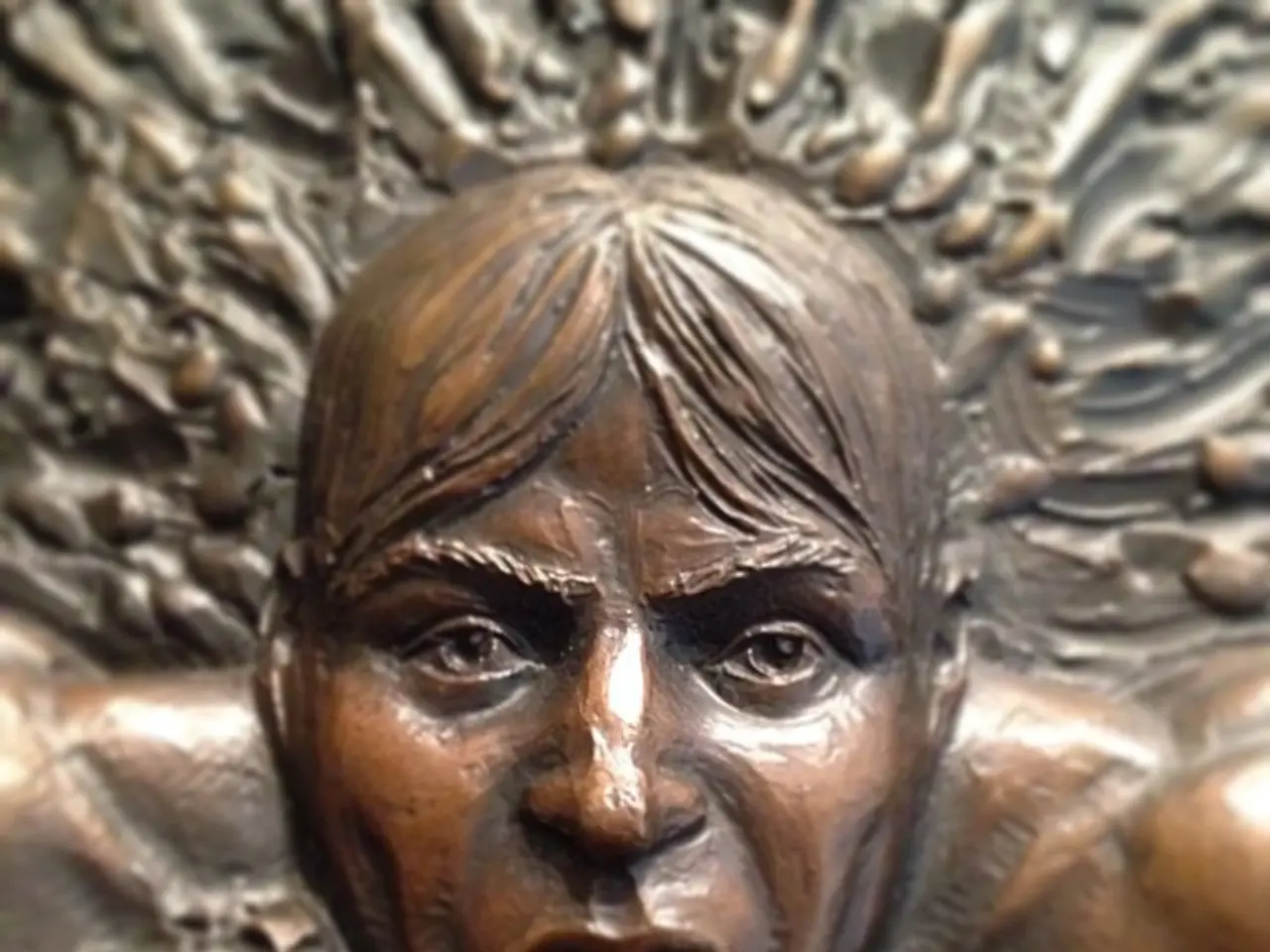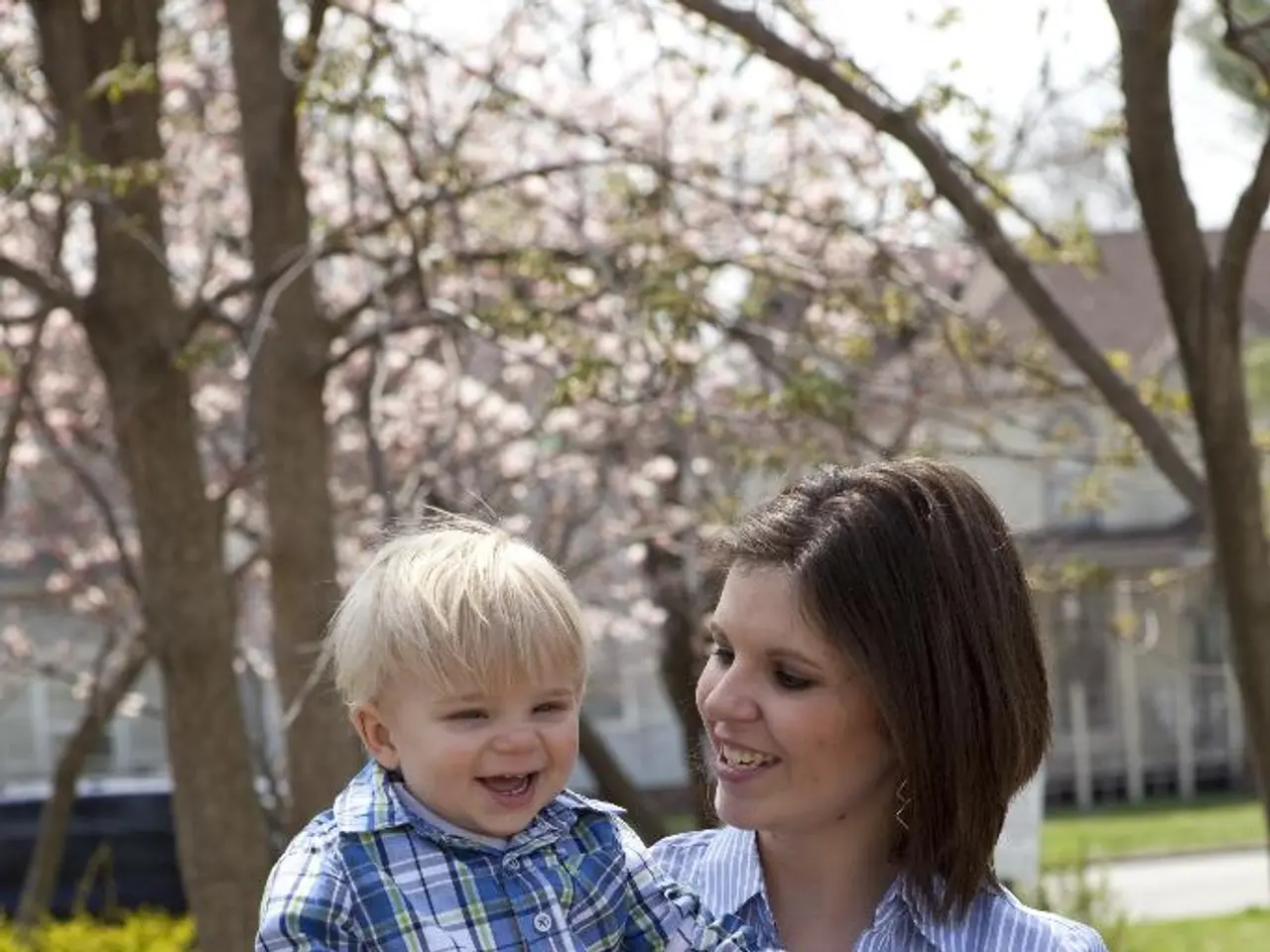Can Stitches Be Eliminated through Cosmetic Surgery?
Dr. Rajat Gupta, a board-certified plastic surgery specialist, has made a name for himself in the field of aesthetic surgeries. With 15 years of experience, he has dedicated his career to offering the best remedies and cosmetic procedures equipped with the latest technology to his patients in India and beyond.
As a plastic surgery specialist, Dr. Gupta specialises in scar revision surgery, a cosmetic procedure designed to improve the appearance of scars. Whether scars are the result of improper wound closure, genetic predisposition to keloids or hypertrophic scars, or high skin tension areas, Dr. Gupta employs a variety of methods to remove or reduce their visibility.
Modern Techniques for Scar Revision Surgery
Surgical scar revision, laser treatments, steroid injections, and fat transfer are among the methods used in scar revision surgery.
Surgical Scar Revision involves carefully cutting out the old scar tissue and re-closing the wound using specialized suturing and tension-reducing techniques. This gives the skin a chance to heal more optimally with a finer, less noticeable scar line. For large scars, this can be done in stages, partially removing and then later excising remaining scar tissue.
Laser Therapy uses different types of lasers to address various scar issues:
- Pulsed dye or vascular lasers reduce redness in raised or keloid scars by targeting blood vessels.
- Ablative lasers (e.g., CO2 lasers) remove top skin layers and stimulate collagen for deep scars with texture irregularities.
- Non-ablative lasers stimulate collagen without removing skin, improving mild to moderate scars gradually.
Steroid Injections are injected into hypertrophic or keloid scars to soften and flatten raised tissue, reduce inflammation, and relieve itching. These are often spaced weeks apart and can be combined with surgery or laser treatments.
Fat Transfer can fill contour irregularities caused by scars, improving surface smoothness and appearance.
Additional non-surgical options like silicone gel sheeting may soften scars and reduce discoloration over time but are less effective for deep or thick scars.
A Meticulous Approach to Scar Revision Surgery
Dr. Gupta's meticulous technique and patient-first approach ensure that surgical revision often aims not to remove the scar completely but to replace it with a finer, less conspicuous scar using modern closure methods and careful technique tailored to the scar’s location and type. Laser and injection therapies help improve texture, color, and contour after surgery or as stand-alone treatments.
The combined approach depends on the scar’s characteristics, patient's skin type, and desired outcomes. These methods work together to make scars from stitches less visible and improve skin healing in the treated areas.
Book an Appointment with Dr. Gupta
To book an appointment with Dr. Gupta, call 91-9251711711 or email contact@our website. His website also offers information about his qualifications and experience in the field of plastic surgery, as well as options to book an appointment or contact him for more information.
[1] American Academy of Dermatology. (2021). Scar revision. https://www.aad.org/public/diseases/a-z/scars-revision
[2] Mayo Clinic. (2020). Scar revision surgery. https://www.mayoclinic.org/tests-procedures/scar-revision-surgery/about/pac-20394985
[3] British Association of Plastic, Reconstructive and Aesthetic Surgeons. (2021). Scar revision. https://www.bapras.org.uk/patients/cosmetic-procedures/scar-revision
[4] American Society of Plastic Surgeons. (2021). Scar revision. https://www.plasticsurgery.org/cosmetic-procedures/scar-revision
[5] Canadian Dermatology Association. (2021). Scar revision. https://www.dermatology.ca/patients/procedures/scar-revision
Surgical scar revision, combined with laser therapy and steroid injections, forms a significant part of Dr. Gupta's cosmetic procedures to address scars. He employs meticulous techniques to minimize the visibility of scars while promoting optimal skin healing, using the latest science and health-and-wellness practices. Additionally, patients can benefit from skin-care regimens, good nutrition, and other non-surgical options to further improve their aesthetic outcomes and overall wellness.




